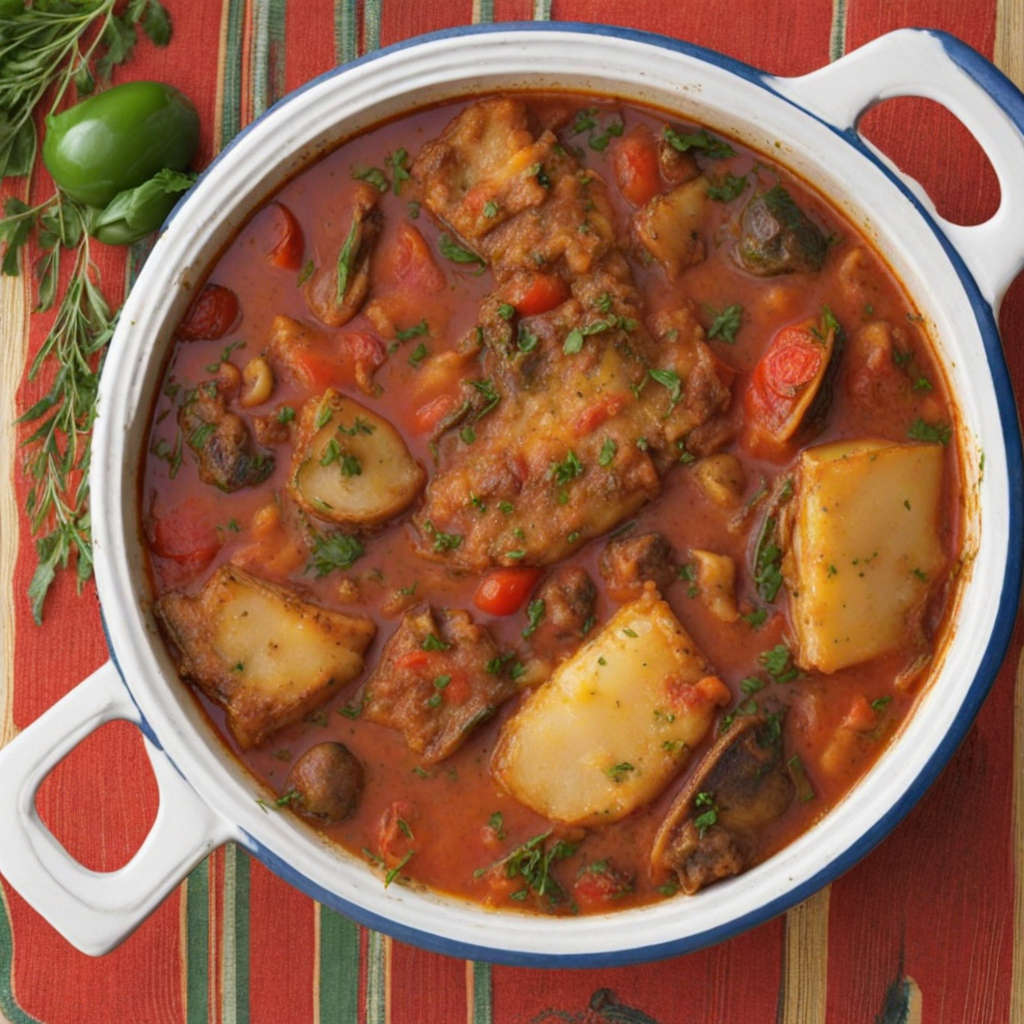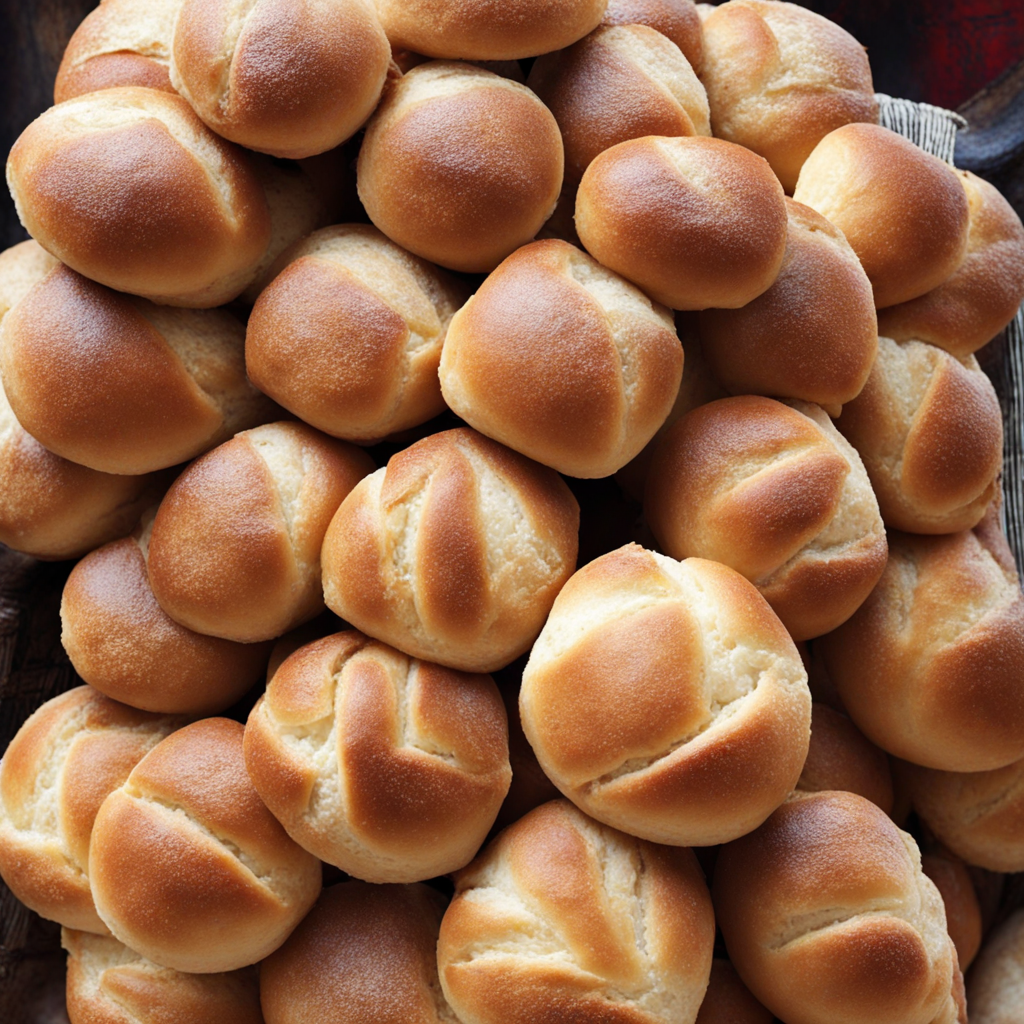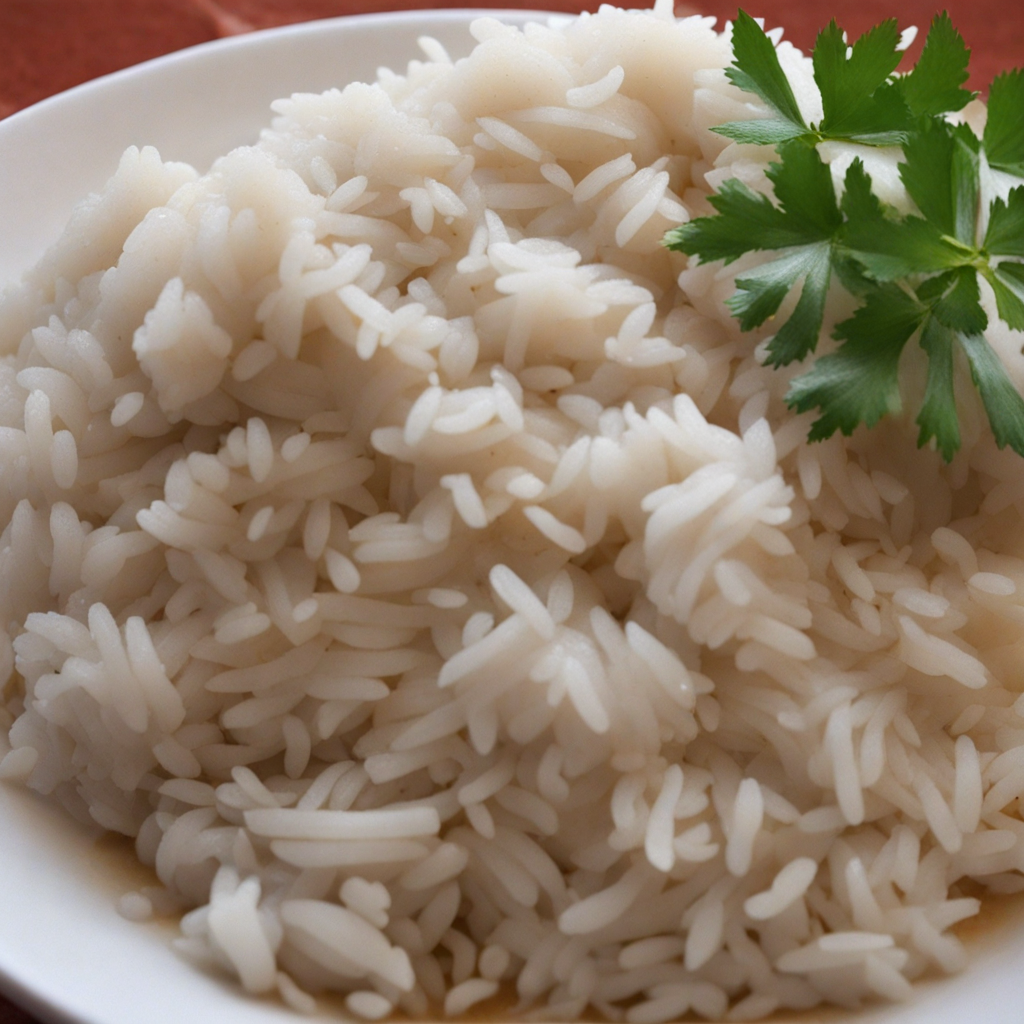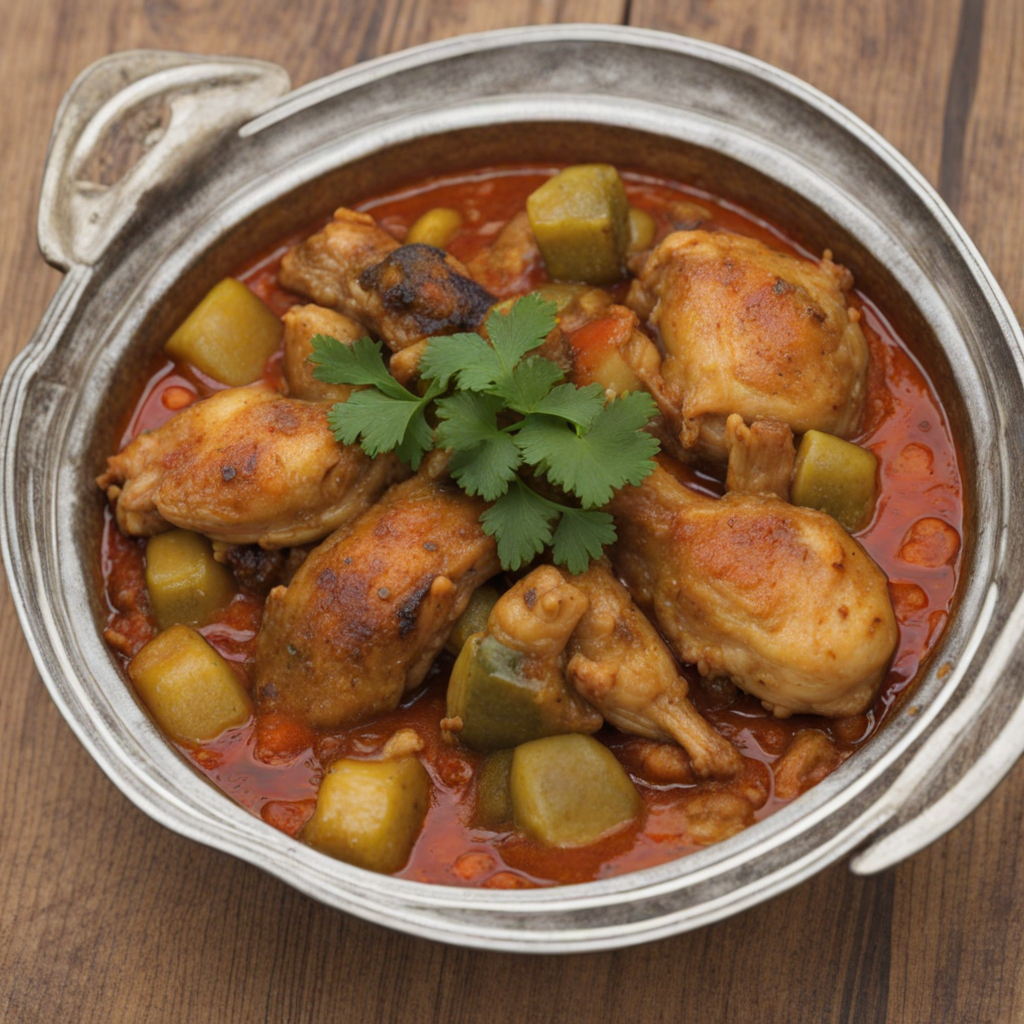Caldeirada
Caldeirada is a delightful and hearty seafood stew that embodies the vibrant flavors of Mozambique's coastal cuisine. This dish typically features a medley of fresh fish, shrimp, and sometimes even crab, all simmered together with a rich blend of spices. The base often includes tomatoes, onions, and garlic, which create a savory foundation, while a hint of coconut milk or beer adds a unique depth of flavor. The use of local spices such as peri-peri (a type of chili pepper) elevates the dish, providing a gentle kick that complements the natural sweetness of the seafood. Each region in Mozambique may have its own variation of Caldeirada, reflecting the local ingredients and culinary traditions. Some versions incorporate vegetables like potatoes and carrots, which not only enhance the stew's texture but also contribute to its overall heartiness. The slow-cooking process allows the flavors to meld beautifully, resulting in a dish that is both comforting and satisfying, perfect for sharing with family and friends. When served, Caldeirada is often accompanied by a side of rice or crusty bread, ideal for soaking up the luscious broth. This dish is not just about the taste; it's also a celebration of community and culture, often enjoyed during gatherings and festive occasions. Discovering Caldeirada is like embarking on a culinary journey through Mozambique, where each bite tells a story of the sea, tradition, and the warmth of its people.
How It Became This Dish
Caldeirada de Peixe: A Culinary Journey Through Mozambique Introduction Caldeirada de Peixe, a traditional fish stew, stands as a vibrant testament to Mozambique's rich culinary heritage. This dish not only offers a tantalizing experience for the palate but also encapsulates the complex interplay of history, culture, and geography that shapes the nation. With influences from indigenous traditions, Portuguese colonial gastronomy, and coastal trade, Caldeirada de Peixe is more than just a meal; it is a story of resilience and cultural fusion. Origins of Caldeirada de Peixe The roots of Caldeirada de Peixe can be traced back to the coastal communities of Mozambique, where fishing has been an essential part of life for centuries. The country's long coastline along the Indian Ocean provides an abundance of seafood, which has been a staple in the diet of the local populations. The word "caldeirada" itself is derived from the Portuguese term for stew, highlighting the influence of Portuguese colonialism on Mozambican cuisine. The Portuguese arrived in Mozambique in the late 15th century, establishing trade routes and settlements that would lay the foundation for a complex fusion of culinary traditions. They brought with them a variety of cooking techniques, ingredients, and flavors that would intermingle with local practices. The result was a unique culinary landscape that combined the flavors of Africa, Portugal, and, eventually, the Indian subcontinent. Cultural Significance Caldeirada de Peixe is not just about the ingredients; it is a dish steeped in cultural significance. In Mozambique, food plays a central role in communal life, often being the centerpiece of gatherings and celebrations. Caldeirada de Peixe is frequently prepared for family reunions, weddings, and other significant events, symbolizing unity and the sharing of resources. The communal act of cooking and enjoying this dish reflects the values of togetherness and hospitality, which are deeply embedded in Mozambican culture. The preparation of Caldeirada de Peixe often involves the participation of multiple family members, with each adding their personal touch to the recipe. This collaborative approach not only strengthens family bonds but also serves as a way to pass down culinary traditions through generations. As such, Caldeirada de Peixe is as much about the process of cooking and sharing as it is about the final product. Ingredients and Preparation The beauty of Caldeirada de Peixe lies in its versatility. While the core ingredients typically include fresh fish, such as snapper or kingfish, the recipe can be adapted to include a variety of seafood, depending on what is available. The dish is often enriched with a medley of vegetables, such as tomatoes, onions, garlic, and bell peppers, which provide a colorful backdrop and depth of flavor. The preparation involves layering the ingredients, starting with a base of sautéed onions and garlic, followed by the addition of tomatoes and other vegetables. The fish is then added, often seasoned with a blend of spices that may include paprika, cumin, and coriander, reflecting the rich spice trade that has historically passed through Mozambique. The stew is typically simmered with a splash of coconut milk or a hint of vinegar, which adds creaminess and acidity, enhancing the dish's complexity. Historical Development As Mozambique navigated through various historical phases, including colonial rule, independence, and civil war, its culinary landscape evolved. The availability of ingredients shifted with the political climate, influencing the preparation and perception of dishes like Caldeirada de Peixe. During colonial times, the dish catered to European tastes, while local ingredients were often marginalized. Post-independence in 1975, Mozambique experienced significant social and economic changes. The focus shifted towards reclaiming and celebrating indigenous culinary practices, leading to a resurgence of traditional dishes. Caldeirada de Peixe emerged as a symbol of national pride, embodying the resilience and creativity of the Mozambican people. The dish became a way for communities to connect with their cultural roots, fostering a sense of identity amidst the challenges of modern life. Regional Variations Mozambique is a land of diversity, and this is reflected in the regional variations of Caldeirada de Peixe. In the north, for example, you may find a spicier version of the stew, often enhanced with local chili peppers, while in the south, the dish might lean towards a milder, creamier profile with the addition of coconut milk. These variations showcase the availability of local ingredients and the distinct culinary preferences of different communities. Moreover, the influence of neighboring countries can also be observed in the preparation of Caldeirada de Peixe. In some coastal areas, one might encounter Indian or Swahili-inspired versions that incorporate spices and cooking techniques from those cultures. This cross-pollination of flavors highlights the interconnectedness of the region and the way food serves as a bridge between cultures. Modern-Day Relevance In contemporary Mozambique, Caldeirada de Peixe remains a beloved dish that continues to evolve. With the rise of culinary tourism, chefs and home cooks alike are experimenting with traditional recipes, infusing them with modern techniques and global flavors. This dynamic is not only revitalizing interest in Mozambican cuisine but also introducing it to a broader audience. Restaurants in urban areas and coastal towns are embracing the dish, often presenting it as part of a larger narrative about Mozambican culinary heritage. Food festivals and cultural events celebrate Caldeirada de Peixe, showcasing its importance in the national identity. Additionally, social media platforms have allowed home cooks to share their unique interpretations of the dish, fostering a sense of community and encouraging the preservation of traditional recipes. Conclusion Caldeirada de Peixe is more than just a delightful fish stew; it is a reflection of Mozambique's rich and diverse history. From its origins rooted in indigenous fishing practices and Portuguese colonial influences to its role in contemporary culinary landscapes, this dish embodies the spirit of a nation. As Mozambique continues to navigate the complexities of modern life, Caldeirada de Peixe remains a cherished symbol of resilience, community, and cultural pride, inviting all who partake in its flavors to join in the story of a vibrant and evolving culinary heritage.
You may like
Discover local flavors from Mozambique







